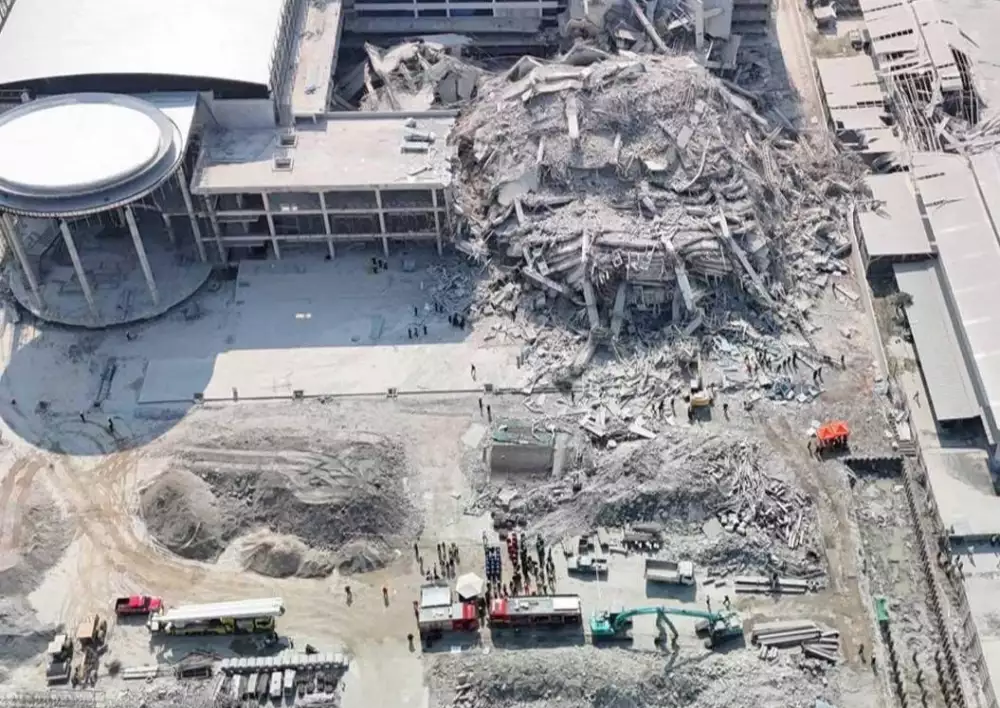"What is CPR?", and "What is an AED and why would I want to learn about it?", these and more are answered in our Frequently Asked Questions.
Table of Contents
General
What is CPR?
CPR stands for Cardiopulmonary Resuscitation which is a two-step process of delivering chest compressions and rescue breaths to a victim considered to be in cardiac arrest. When cardiac arrest occurs, the heart stops pumping blood and the victim in Ventricular Fibrillation (VF) needs CPR and delivery of a shock to the heart, called Defibrillation. CPR can support a small amount of blood flow to the heart and brain to ‘buy time’ until normal heart function is restored.
What is an AED and why would I want to learn about it?
AED stands for Automated External Defibrillator which is an easy-to-use portable machine that automatically delivers a shock to a patient who is not breathing and has no heartbeat. In the hands of knowledgeable responders, AED units dramatically increase the survival rate of these patients because early intervention is of paramount importance. Many businesses, governmental agencies, recreational facilities and public places are making AEDs readily available for properly trained personnel.
What do the various Emergency First Response courses include?
Anyone who is interested in acquiring or updating CPR and First Aid skills may enrol. Each course provides detailed instruction on how to perform specific emergency patient care skills and basic life support (BLS). The region-specific courses offer a complete and ongoing solution to meeting workplace compliance standards in CPR, AED and First Aid training in the USA, the UK, and Australia. All our courses include the Emergency First Response student training manuals and the two year certification. The price for recertifications starts from 2,999 ฿.
How can I sign up for the course?
Offering Emergency First Response™ CPR, AED & First Aid training and courses in Bangkok, Chiang Mai, Hua Hin, Pattaya, Phuket, and other selected provinces in Thailand. Contact us when you are ready to become an emergency responder or an instructor and we will get you started.
What should I bring to the class and what kind of clothing is best?
We provide everything that is needed for certification and we suggest that smart but comfortable clothing appropriate for floor-based skills would be best.
Do we offer "In House" training such as on-site at my workplace or factory?
Yes most certainly - We Come To You. We think that our onsite training benefits the students by learning in familiar surroundings. Contact us for more information; info@firstaidtrainingbangkok.com
How do I refresh and renew my skills and certification?
Emergency First Response Australia Office is the regional headquarters in the Asia Pacific area and has many accrediting organisations throughout Australia. Most of the CPR First Aid Training Certifications meet the equivalent rating for HLTCPR and Senior First Aid HLTFA though we also recommend checking with your employing agency for verification.
I'm too busy to attend a full day course. Is there an alternative? I'm too busy to attend a full day course. Is there an alternative?
Course hours vary depending on how it is conducted. For example, it might be as short as three to four hours for both Primary and Secondary Care courses, if your course incorporates independent study. If the Primary and Secondary Care courses do not incorporate independent study, they could take from five to eight hours since each course is performance-based. We are proud to be the most flexible and convenient CPR first aid training school in Thailand. We appreciate that busy people and parents cannot always find the free time for a full day class. We regularly offer busy students a series of half day classes that will eventually lead to the certification once all the course requirements have been met.
Miscellaneous
What is medic first aid?
It is an unfortunate daily fact that many people have some kind of mishap or get sick. For some, the seriousness of the illness or injury may not necessarily render them unconscious and their condition may not be immediately life threatening, yet they still might need medical care. First Aid Courses teach you how to help injured and ill patients by offering medical care while waiting for the Emergency Services to arrive. Presuming that your primary assessment has not recognised any life threatening signs or symptoms from the patient, your first aid procedures provide care that reassures, eases pain and reduces the risk of further harm.
I'm confused, can you explain the different levels of CPR training.
Our CPR comparison chart shows the clear distinctions between Level A, B, C, and Health Care Provider (HCP) and how they meet the international standards. The chart is also useful information for personal trainers who are registered with the American Council on Exercise (ACE) or the International Sports Science Association (ISSA).
Are EFR Courses accredited as an equivalent CPR Certification for HLTCPR & Senior First Aid Certification HLTFA?
Participants receive a completion card after successfully completing the course. The card is valid for two full years from the course date. Emergency Responders can complete a recertification class to refresh their skills and renew their certification through a short skills practice session or by joining a regular class.
ACE & USCG - Further Emergency First Response Recognition and Clarification
The United States Coast Guard determined that the Emergency First Response Primary Care (CPR) and Secondary Care (First Aid) program meets or exceeds the first aid and CPR standards requirement for the US Coast Guard merchant mariner licensure. The American Council on Exercise (ACE) also recognized Emergency First Response as a domestic and international CPR provider for potential ACE exam candidates. ACE is a nonprofit organization committed to promoting active, healthy lifestyles by setting certification and education standards for fitness instructors and public education. Exam candidates must possess valid CPR certification on the day of the exam. US Coast Guard merchant mariner or ACE Exam candidates can meet their CPR/first aid requirement using Emergency First Response courses.
My St John (SJA) first aid certification needs renewing, do you offer CPR Recertification?
We fully appreciate that St John Ambulance is a self-funding charitable organisation dedicated to helping people in sickness, distress, suffering or danger. We welcome all St John First Aid rescuers to join our Emergency First Response refresher courses for quick and easy CPR Recertification.
What is the difference between a Victim and a Patient?
A victim is 'someone who needs medical attention' whereas a patient is 'someone who is actually receiving medical care'.
What is the 'Good Samaritan' law and how does it protect lay person rescuers?
Good Samaritan Laws (or related local laws) are enacted to encourage people to come to the aid of others. In general, they protect individuals who voluntarily offer assistance to those in need and are created to provide immunity against liability. Therefore, it would be wise to determine the extent and use of Good Samaritan laws in your local area.
What is the meaning of BLS & ACLS and what is the difference between the two?
The term BLS stands for 'Basic Life Support' whereas ACLS stands for 'Advanced Cardiac Life Support'. Generally, you might need the ACLS qualification if you intend to work in the medical profession, such as ER, CCU, or ICU.
How do EFR courses compare with PHTLS training by NAEMT?
PreHospital Trauma Life Support (PHTLS) is intensive training emphasizing the need for a rapid assessment of the critical trauma patient. EFR and PHTLS certifications cover the treatment of life-threatening injuries and illnesses such as sudden cardiac arrest (SCA), heart attack, stroke, shock management, hypoxaemia, and rapid transportation to an appropriate hospital. The National Association of Emergency Medical Technicians (NAEMT) is an organization dedicated to representing the professional interests of all EMS practitioners, including paramedics, emergency medical technicians, emergency medical responders, and other professionals working in prehospital emergency medicine.
Instructor
What is Emergency First Response?
Emergency First Response is the foremost and fastest-growing international CPR, AED and First Aid training organization. Emergency First Response participant courses include Primary Care (CPR), Secondary Care (first aid) and Care for Children courses, as well as the recommended Automated External Defibrillator (AED) component and Emergency Oxygen use.
What courses can I teach as an Emergency First Response Instructor?
Emergency First Response Instructors are qualified to teach Adult, Child and Infant CPR, Automated External Defibrillator (AED) use, First Aid, and Emergency Oxygen Administration.
What are some advantages of becoming an EFR Instructor?
EFR Instructors benefit from outstanding business support, quality educational materials, course convenience, and flexibility. This certification is ideal personal development for teachers (CPDU) in Thailand. Emergency First Response® has a worldwide network of Instructor Trainers who conduct EFR Instructor Courses. If you already have a current instructor certification with another recognized training agency, you may be able complete the Instructor Crossover course by Independent Study. Find a two day CPR Trainer Course near you.
How long does it take to complete the EFR Instructor course?
The EFR Instructor course normally takes 10 - 14 hours to complete and usually over a period of two days.
What are the prerequisites to join the Instructor course?
You must be at least 18 years old and have completed adult cardiopulmonary resuscitation and first aid training in the past 24 months. If you do not meet the prerequisites, you must take additional training before you take the instructor level training.
Does a current Medical Professional (EMT, Paramedic, Nurse or Doctor) qualify for the EFR Instructor Course?
Yes! A current medical professional is qualified to enroll in to the Emergency First Response Instructor Course.
What if I am already an Instructor with another certifying organisation?
Instructors with current certifications from other certifying organisations are eligible for the Emergency First Response Instructor Crossover course and you may be able to complete some sections of the course by independent study assignments.
What if I already completed a CPR/First Aid provider course but my card has expired?
If you have previous training but your card is expired, you must first complete the Primary & Secondary Care Certification. This training can be completed in as little as one day and can be combined with your instructor course.
Can I become a CPR Instructor without any CPR or First Aid training?
No problem! All you need to do is complete the Emergency First Response Primary Care (CPR) and Secondary Care courses first. This takes about a day and it can be provided by your Instructor Trainer with your Emergency First Response Instructor course.
Who sets the prices for the courses that I will teach as an EFR Instructor?
You do. We can provide you with general guidelines, but you will ultimately be the one to determine the price for your courses.




Share on social media